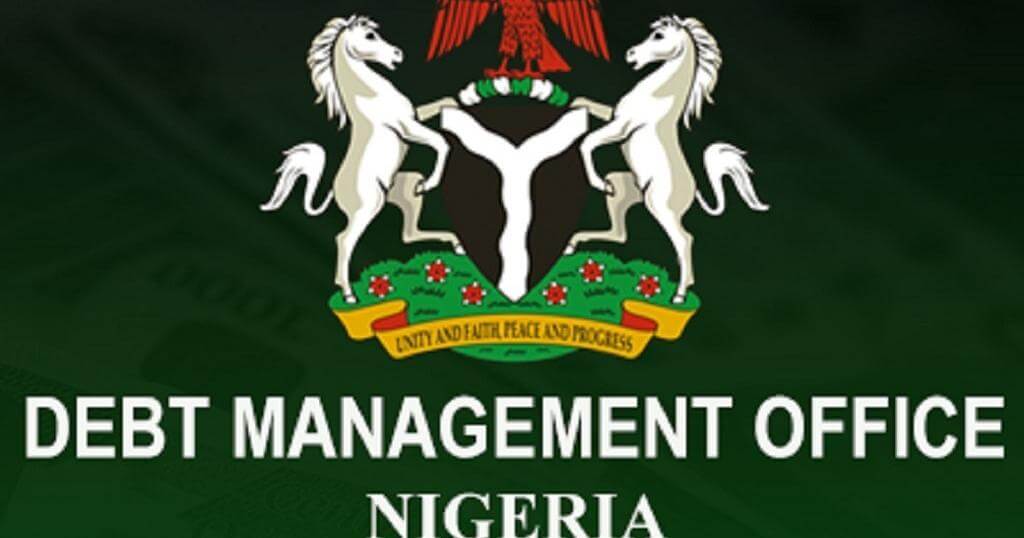Servicing of domestic debt cost the Federal Government the sum of N5.53tn in the last four years, investigation has shown.
The cost of servicing government’s debt in the four-year period from January 2015 to December 2018 has been on the increase with each passing year.
Advertisement
According to statistics obtained from the Debt Management Office (DMO), the Federal Government spent a total of N1.02tn on servicing domestic debt in 2015.
The following year, the cost of servicing the Federal Government’s debt increased to N1.23tn. It increased further to N1.48tn in 2017 and peaked at N1.8tn in 2018.
The increasing amount spent on debt servicing reflects both increasing cost of debt as well as the increasing debt profile of the country as governments at all levels had resorted to borrowing in order to complement dwindling revenues.
On the other hand, the country spent a total of $2.62bn on servicing external debt between 2015 and 2018.
Advertisement
The external debt servicing includes the cost of servicing debts contracted by both the Federal Government and the subnational governments.
A breakdown of the spending on external debt servicing over the four-year period showed that a total of $331.06m was spent in 2015.
From January to December 2016, the country spent $353.09m on external debt servicing while $464.05m was spent on external debt between January and December 2017. The amount went up to $1.47bn for 2018.
According to DMO statistics, the country’s debt portfolio rose from N12.12tn as of June 30, 2015 to N24.39tn as of December 31, 2018.
The rise in the domestic debt profile of the country has caused increasing concern within and outside government circles because of the high-interest rate payable on domestic loans.
Advertisement
The International Monetary Fund, for instance, had recently said that the government was spending more than 50 per cent of its resources on debt servicing. The African Development Bank also raised a similar concern in its 2019 Economic Outlook for West Africa.
To tackle this challenge, the Debt Management Office had moved towards contracting more foreign loans in order to take advantage of cheaper lending rates.
According to DMO, this move would also make room for the private sector to raise funds from the domestic debt market. It also has the capacity to reduce the lending rate in the domestic debt market.
The DMO said in its Strategic Debt Management Plan 2018 – 2022 that it planned to attain 40 per cent on foreign debt component of public debt by December 2019.
The plan said, “Following the expiration of the Third Strategic Plan (2013 – 2017), and in recognition of the evolving roles of the DMO, and the need to align public debt management activities with government’s economic policy thrusts, as encapsulated in the Economic Recovery and Growth Plan, amongst others, the need to develop a new Strategic Plan, therefore, became imperative.”
It added that the building blocks for the Fourth Strategic Plan were:
Advertisement
(A) Changing investor needs and higher investor expectations from the DMO on products and services;
(B) Government’s prioritisation of the development of infrastructure which requires new and more creative ways of financing;
(C) The active and supportive role expected of the DMO under the ERGP, two of whose pillars are reducing the infrastructure gap and a private sector-led growth.



